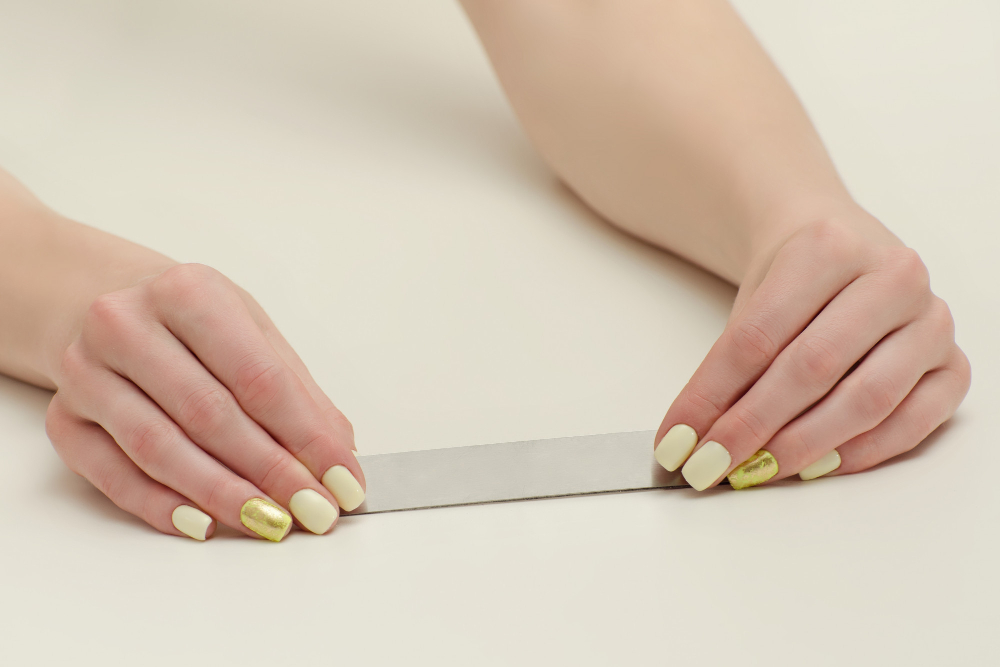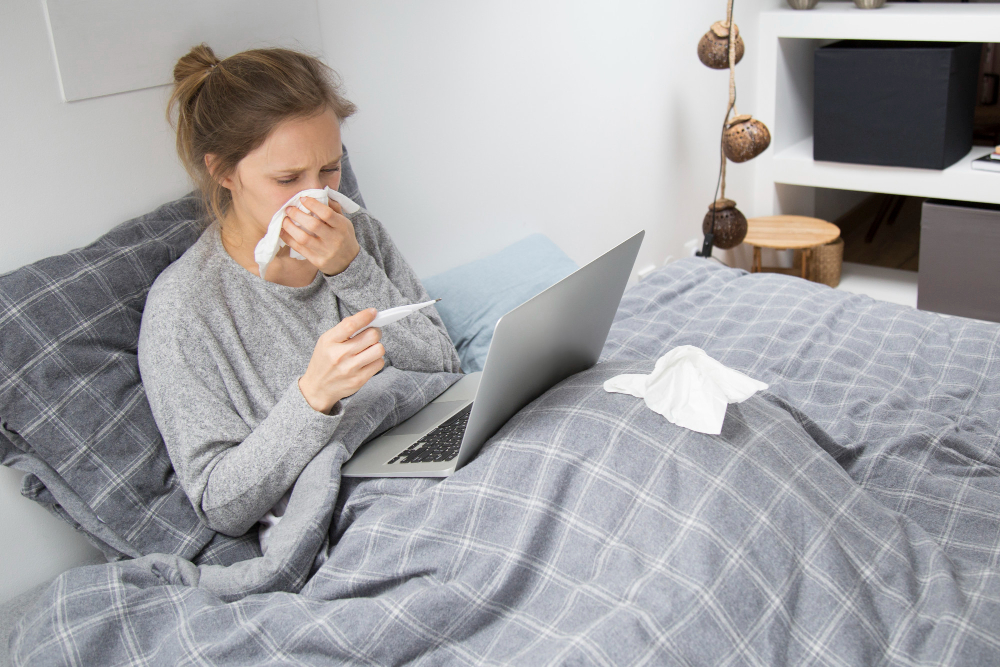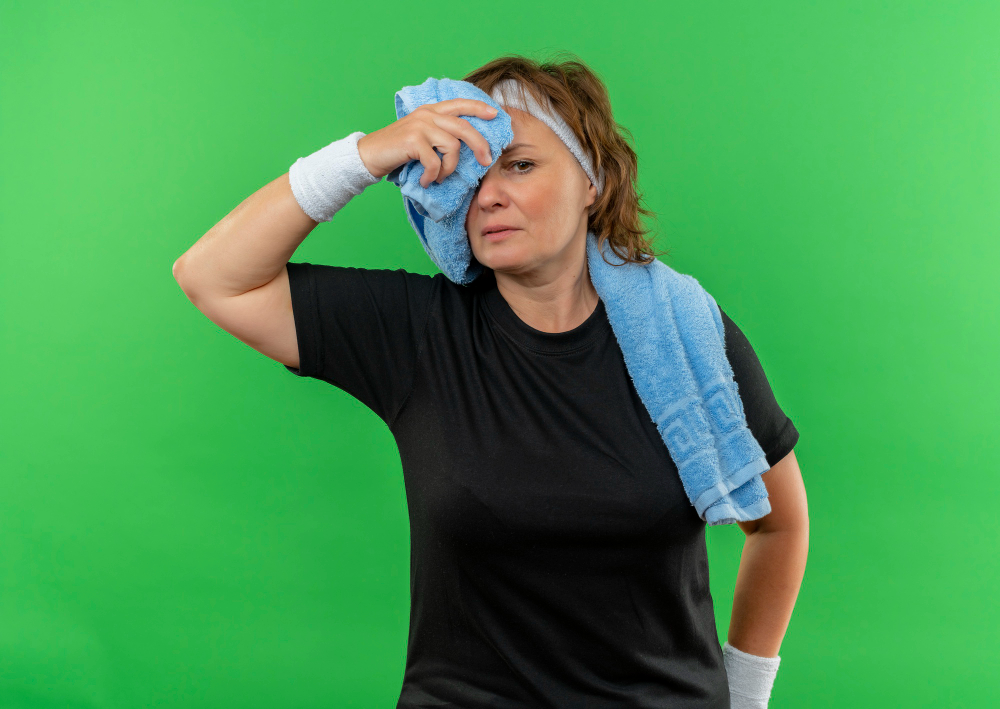Hangnails, those tiny strips of torn skin around the nails, can be both painful and unsightly. They occur when the skin around the nail bed becomes dry, damaged, or inflamed, often due to factors such as harsh weather, frequent hand washing, or improper nail care. While hangnails are a common nuisance, they can lead to discomfort, infection, and bleeding if not properly addressed. Fortunately, there are several preventive measures and care strategies you can implement to keep hangnails at bay and maintain healthy nails and cuticles.
Moisturizing Is Key
One of the most effective ways to prevent hangnails is to keep your hands well-hydrated and moisturized. Regularly applying a rich, nourishing hand cream or moisturizer can help replenish lost moisture, soften dry skin, and strengthen the skin barrier around the nails. Pay special attention to your cuticles, as dry, brittle cuticles are more prone to tearing and hangnails. Consider using a cuticle oil or balm to keep your cuticles hydrated and healthy.
Limiting Hand Immersion
Excessive exposure to water, whether from frequent hand washing, dishwashing, or swimming, can strip the skin of its natural oils and lead to dryness and irritation, increasing the risk of hangnails. To prevent hangnails, limit the amount of time your hands spend submerged in water and wear protective gloves when performing tasks that involve prolonged exposure to moisture. After washing your hands, pat them dry gently with a soft towel and apply moisturizer to seal in hydration.
Trim and File with Care
Proper nail care is essential for preventing hangnails and maintaining healthy nails and cuticles. When trimming your nails, use sharp, clean nail scissors or clippers and cut straight across to avoid creating jagged edges that can catch and tear the skin. Avoid cutting the nails too short, as this can increase the risk of hangnails. Additionally, use a gentle nail file to smooth rough edges and shape the nails, taking care not to file too aggressively or irritate the surrounding skin.
Break Bad Habits
Biting or picking at your nails is a common habit that can contribute to the development of hangnails and other nail problems. Not only does biting or picking damage the nails and surrounding skin, but it can also introduce bacteria and germs, increasing the risk of infection. If you find yourself biting or picking at your nails out of habit or stress, try to break the habit by keeping your nails trimmed and filed, applying a bitter-tasting nail polish to deter biting, and finding alternative ways to manage stress, such as deep breathing or stress-relief techniques.
Wear Gloves
Exposure to harsh chemicals and irritants, such as household cleaners, detergents, and nail polish removers, can weaken the skin and increase the likelihood of hangnails. To protect your hands, wear rubber or vinyl gloves when cleaning or working with chemicals, and avoid prolonged contact with harsh substances. After removing your gloves, wash your hands thoroughly with a gentle, moisturizing hand soap, and apply a nourishing hand cream to replenish lost moisture.
Nail Care Tips from the Experts
If you struggle with chronic hangnails or other nail problems, consider seeking professional help from a dermatologist or nail care specialist. These experts can assess your nail health, identify underlying causes of hangnails, and recommend personalized treatment options and preventive strategies to keep your nails and cuticles healthy. They can also provide guidance on proper nail care techniques, including trimming, filing, and moisturizing, to prevent hangnails and promote nail health.
Keeping Hangnails at Bay
In conclusion, preventing hangnails requires a combination of proper nail care, hydration, protection, and gentle treatment. By adopting healthy nail care habits, moisturizing regularly, avoiding harsh chemicals, and seeking professional help when needed, you can keep hangnails at bay and maintain healthy, beautiful nails and cuticles. Remember to be gentle with your nails, avoid biting or picking at them, and prioritize hydration and protection to keep your hands looking and feeling their best.



